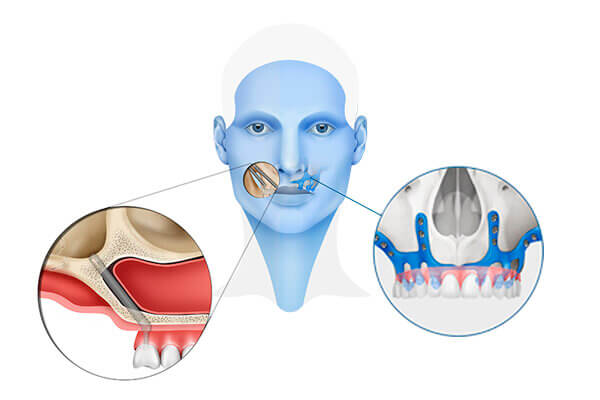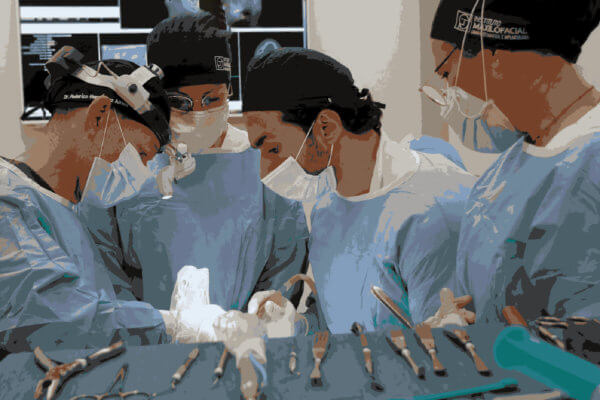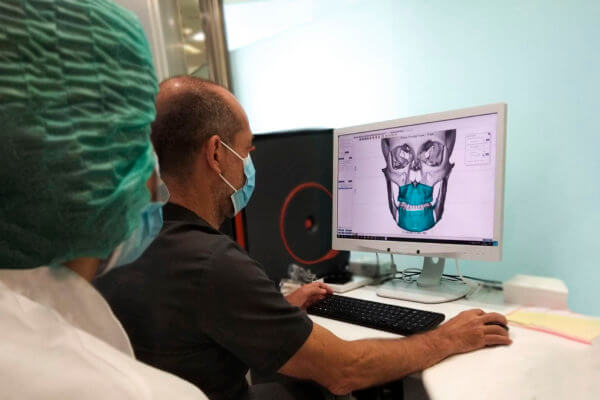28/03/2023
Zygomatic implants and subperiosteal implants are types of dental implants that are used when there is not enough jawbone to support traditional implants. But when is each recommended? Let's look at some differences between the two: Shape: -Zygomatic implants are extra long implants whose length is due to their placement site. -Subperiosteal implants are personalized...
10/02/2022
Dr. Federico Hernández-Alfaro, Director of the Maxillofacial Institute and Professor at the International University of Catalonia, has been recognized in the latest edition of the 'Ranking of the World Scientists: World's Top 2% Scientists', one of the most prestigious in the world, as one of the most influential researchers in the last year, considering the...
26/02/2021
The term orthofacial surgery appears more and more in the specialized media in maxillofacial surgery, but what exactly is it? Although we are in a moment of transition in which both terms can be used indiscriminately to refer to the same procedure, it is necessary to explain each of them in depth: Orthognathic surgery has...
18/09/2020
The Maxillofacial Institute was the first European center to introduce three-dimensional planning of surgeries. Through the introduction of the intraoral surface scanner, the CBCT or low radiation cone beam scanner and the latest generation 3D software, we carry out the analysis of each case, completely in situ, and with millimeter precision. Thus, the planning process...











